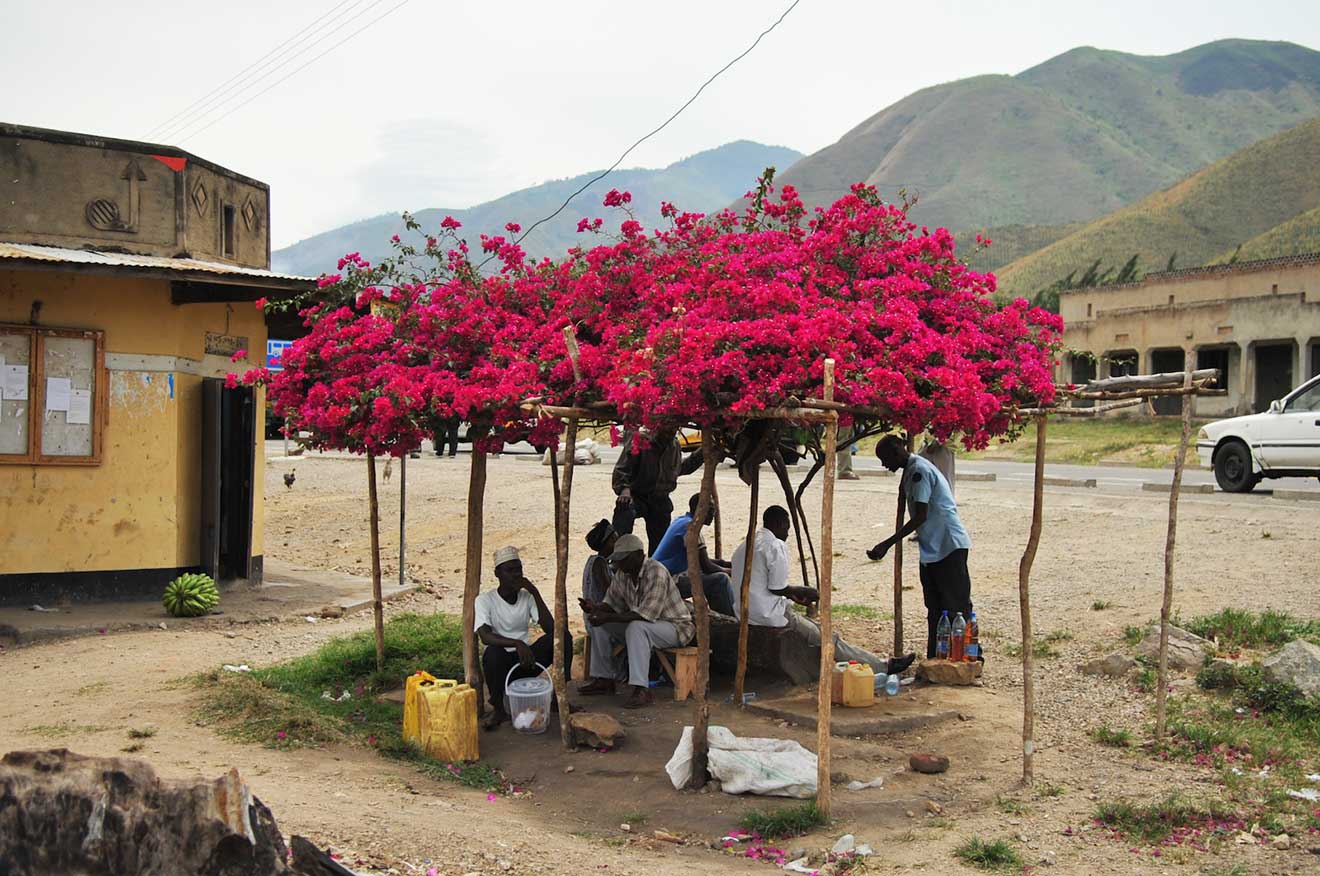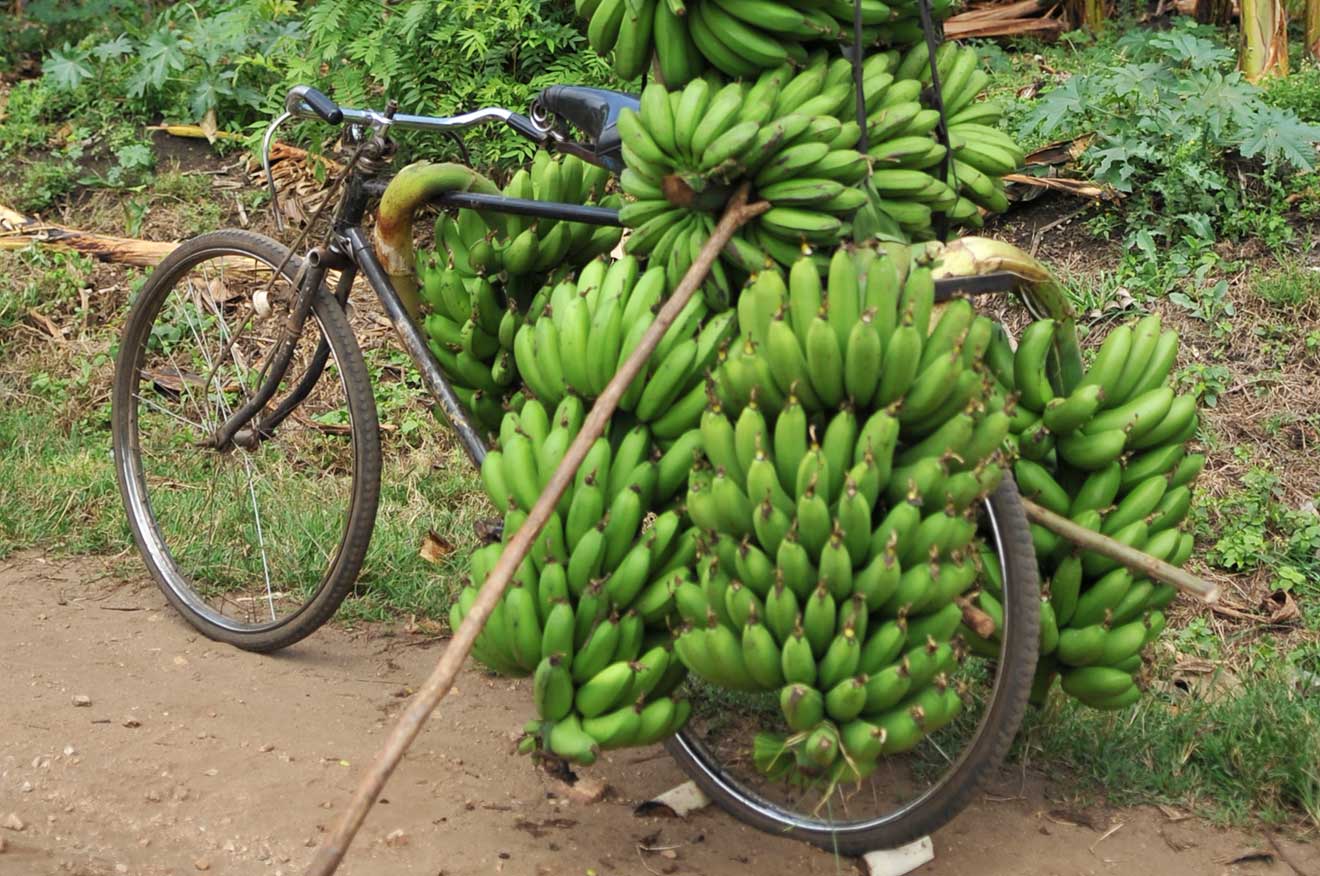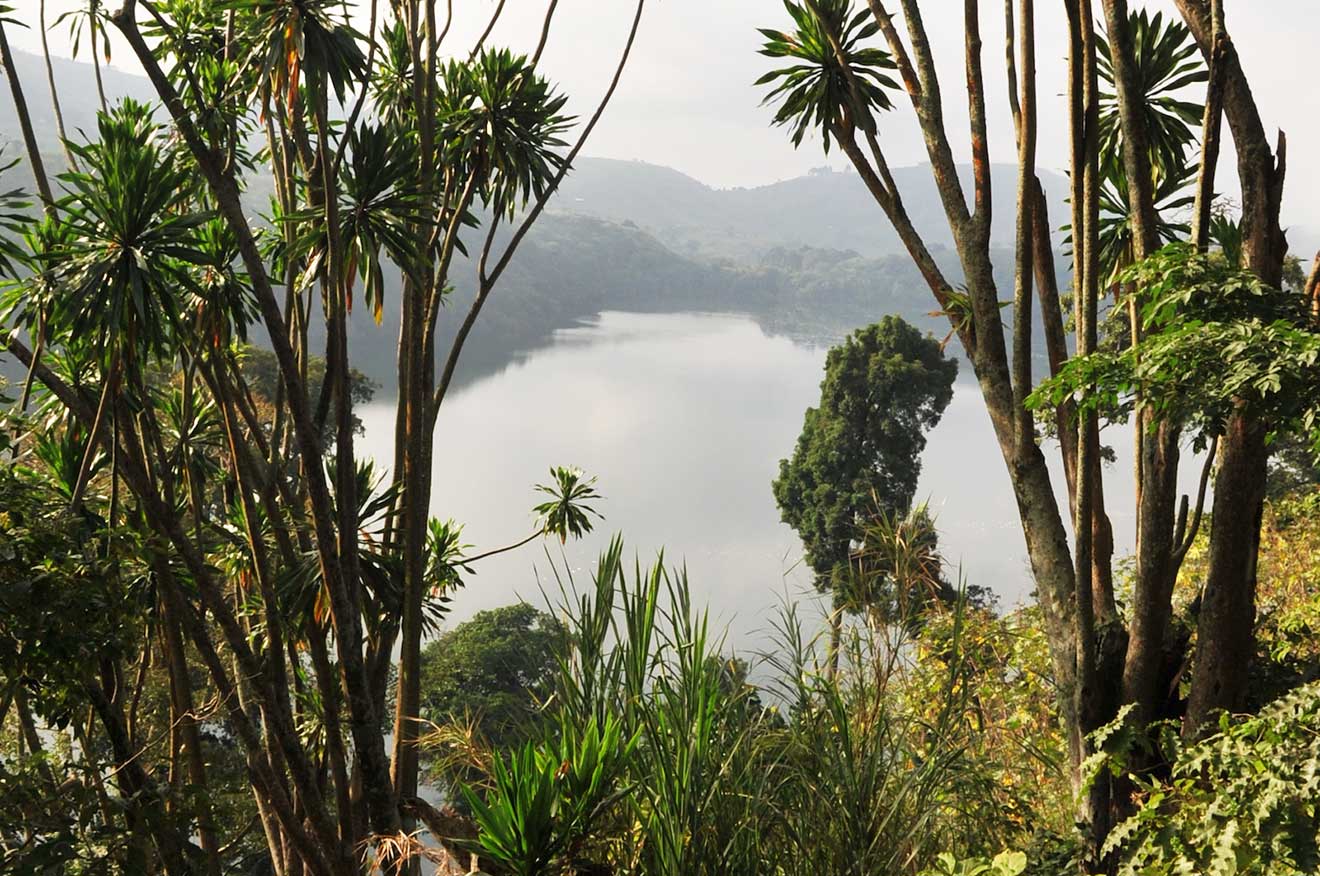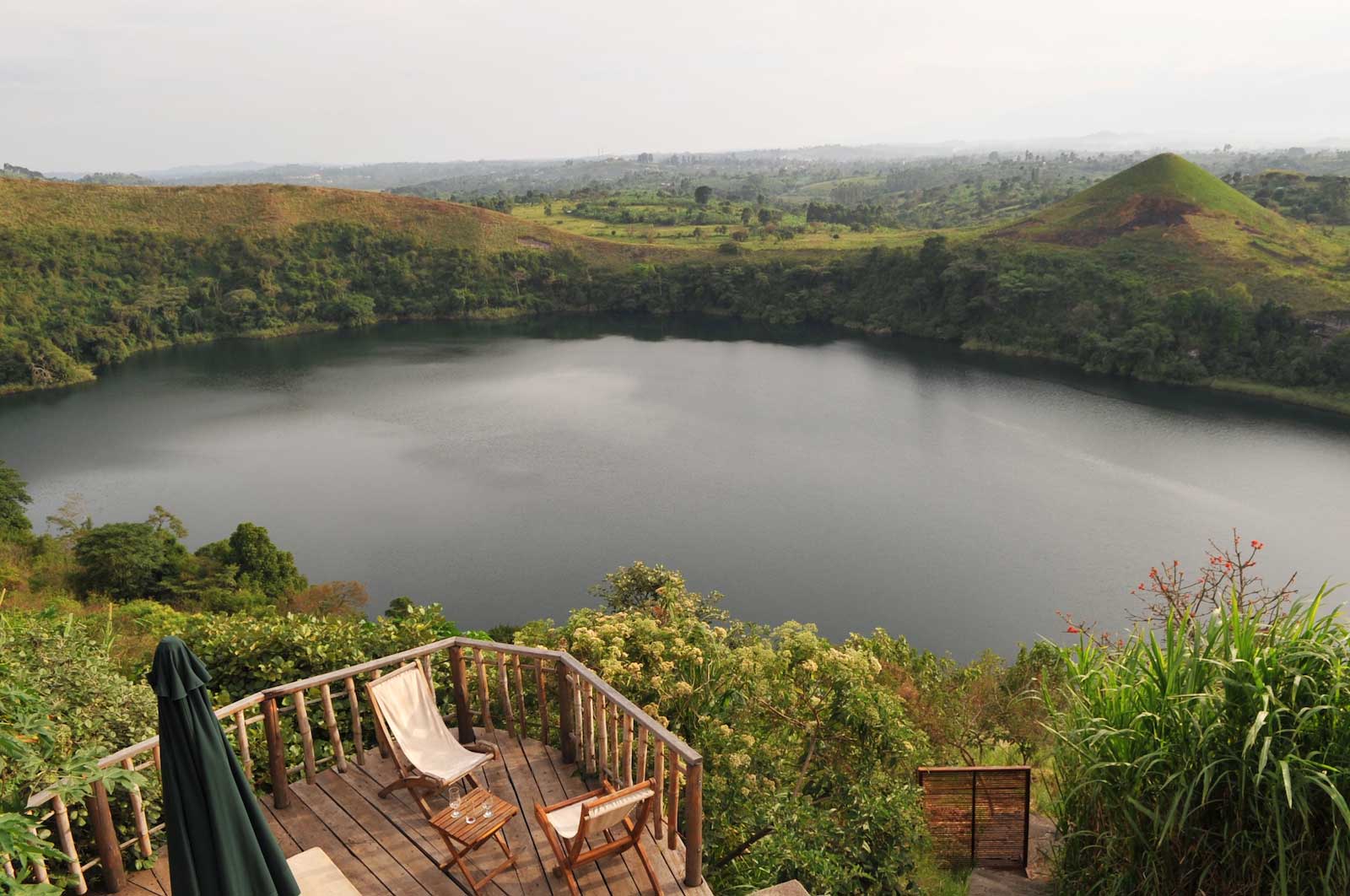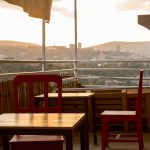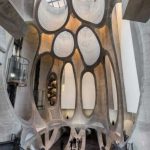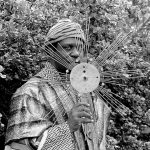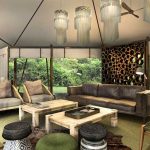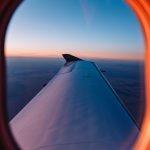FINDING SERENITY IN THE MOUTH OF A VOLCANO ON THE ALBERTINE RIFT
Standing on the eastern rim of the Albertine Rift, I looked over the broad valley and imagined our homo sapien ancestors leaving the shelter of the trees and loping across this enormous African wound. They had a long way to go before reaching the western rim – a journey no doubt fraught with danger from all manner of beasts. It might have taken them two days or more before they reached the foothills of the Ruwenzori Mountains.
It was here in 1888 that explorer Henry Morton Stanley gazed upon a glittering peak, only to realise that he was looking at snow on the equator: an absurd concept at the time. He sent his minions to climb that peak… They failed, but it didn’t stop them naming it after the explorer; today the name Mt. Stanley vies with Mt. Rwenzori on the maps.

Reading the other names on the map, you might expect to find calm, rolling English countryside – the lakes that shimmer on the valley floor are named after Kings Edward and George; Lake Albert is a little further to the north; and Queen Elizabeth National Park is to the south – but in reality the landscape is wild and raw. Rwenzori is the third-highest mountain in Africa, bolstered by rocky crags, hot springs and hundreds of dormant volcanic craters that pock the valley floor.
I found these volcanic expressions of Earth’s volatility mesmerising, particularly the Ndali-Kasende craters – a cluster of over 30 craters not far from the town of Fort Portal. At just ten-thousand-years-old these craters are relatively young, a reminder of the fiery spirit that still bubbles beneath the rift. But it’s not molten lava you’ll see if you peer over the edge: the calderas are filled with glittering lakes, topped up by countless rain showers over the millennia.
However dormant the volcanoes are today, the wildlife on their slopes is explosive. Red Tail and Collubus monkeys rattle tree branches and Blue Turacos burst from trees as they flap toward the forests of Kibali, home to one of the highest concentrations of primates in Africa, including chimpanzees.
On the slopes of the craters, a small community ekes out a living growing bananas, plantain and tea. Life seems to go at a calm, cheerful pace, as if the volatility that once tore this land asunder has found a counterbalance in its people.

In the caldera of Kasenda crater I found a quiet lodge on the shore of the lake. The sky was reflected in the water’s glassy surface, and the forests on the rim were alive with birdsong and the chatter of monkeys. The walls of the volcano insulate this idyllic place from the rest of the world.
I thought I had it all to myself, but as I gazed over the lake I saw a white woman descending from the forest. She made her way to the edge of the lake and looked across the water for what seemed like an age, unaware that I was watching. I wondered if she was thinking of our ancestors, like I had been. Then she collected water in an old kettle and melted back into the trees, where I noticed a small hut hidden among the leaves.
When I asked the proprietor who was staying there, he told me it was a German couple and that they hadn’t left their hut for a week. The thought of foreigners secluding themselves in an Africa volcano thrilled me. I wanted to meet them and ask them about their experience, but it wouldn’t have been right to disturb them.
I left thinking of our ancestors who eventually left Africa and populated the world. Perhaps the foreigners who visit Africa are actually closing a circle by journeying to their true home. I imagined the Germans on the edge of that idyllic African lake, wondering why our ancestors ever left.

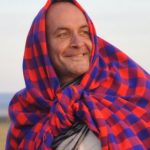 Previously a freelance journalist and editor of Africa Geographic, Anton Crone is CEO of Safarious, an online travel portal to the world’s wild places. Anton not only focuses on wildlife, he also finds himself drawn to the people he meets on his travels. He looks at journalism as a way to connect people of differing creeds and cultures, and through his writing and photography he tries to uphold the importance of the communities that live side by side with wildlife.
Previously a freelance journalist and editor of Africa Geographic, Anton Crone is CEO of Safarious, an online travel portal to the world’s wild places. Anton not only focuses on wildlife, he also finds himself drawn to the people he meets on his travels. He looks at journalism as a way to connect people of differing creeds and cultures, and through his writing and photography he tries to uphold the importance of the communities that live side by side with wildlife.






